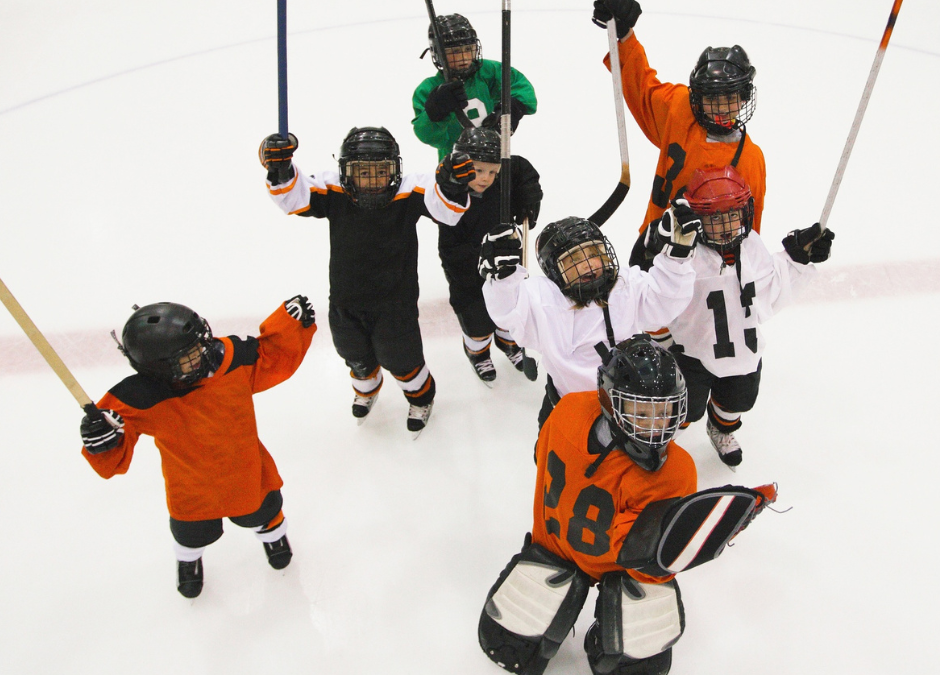As parents, we marvel at how quickly our kids grow—one day, their shoes fit perfectly, and the next, they’re suddenly too small. We celebrate their increasing height, strength, and athletic abilities, but one thing we often overlook is how their bodies need time to adjust to these rapid changes.
The Impact of Growth Spurts on Coordination and Performance
Adolescence is a time of major physical transformation. For boys, significant growth spurts typically occur between ages 12 and 16, while for girls, they happen between 11 and 15. During these phases, bones often grow faster than muscles, leading to temporary imbalances in flexibility, coordination, and strength.
Dr. Chris Koutures, USA Olympic Team Physician, explains that, “as a child’s arms and legs lengthen and their hands and feet grow larger, they may struggle with control until their muscles and coordination catch up.” This is why many growing kids suddenly appear clumsy, experience a dip in athletic performance, and even become more prone to injury.
What Can Parents, Coaches, and Athletic Trainers Do?
If your child is going through a growth spurt, here are some key strategies to help them adapt and stay injury-free:
#1 – Prioritize Flexibility and Mobility
Since muscles take time to catch up with bone growth, decreased flexibility can lead to strains and other injuries. Stretching one to two times a day can help maintain mobility and reduce stiffness.
#2 – Go Back to the Basics
Ken Martel, Technical Director for USA Hockey’s American Development Model, notes that even the best skaters can suddenly struggle with mechanics during a growth spurt. Skills that were once second nature may now feel awkward. Encourage your child to slow down, focus on technique, and rebuild fundamental movements.
#3 – Refine Strength and Stability
In the gym, focus on bodyweight squats to reinforce proper mechanics before adding resistance. Strengthening balance, coordination, and core muscles is crucial to regaining control over their changing body. Single-leg exercises and stability drills can help with this transition.
The Key: Patience and Long-Term Development
Watching your child temporarily struggle can be frustrating—for both of you. However, understanding that these short-term regressions are a natural part of development is essential. By staying patient, supportive, and focused on proper movement mechanics, you’ll help set them up for long-term success in sports and daily activities.
Written by Chris Phillips. Chris is an Athletic Trainer, Strength and Conditioning Specialist, and Corrective Exercise Specialist at Compete Sports Performance and Rehab in Orange County, California.

